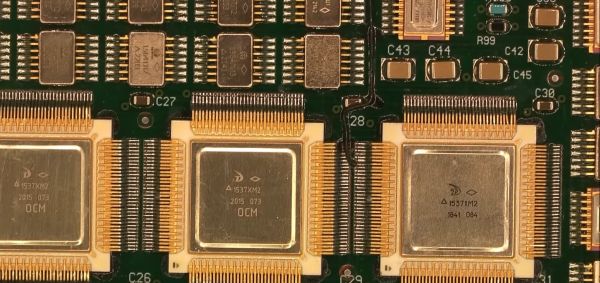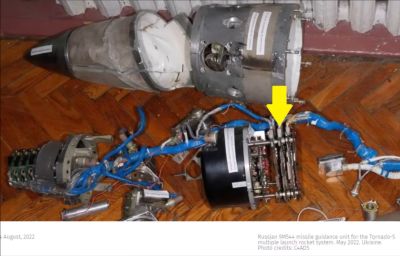Recently, the Ukrainian government has published a database of Western components being used in recently produced Russian armaments, and it’s a fascinating scroll. Just how much does Russia rely on Western manufacturers’ parts? It turns out, a surprising amount. For instance, if you are wondering which ICs are used to build Iran-produced Shahed drones, it seems that it’s a whole bunch of Texas Instruments parts, as well as some Maxim, Intel, and Xilinx ones. Many of the parts in the lists are MCUs and FPGAs, but it’s also surprising how many of the components are jelly bean parts with multiple suppliers.
There appear to be thousands of parts listings, compiled from a good few dozen pieces of equipment that volunteers appear to have taken apart and scrupulously documented – just take a look at the dropdowns at the top of the page. The Ukrainian government is advocating for parts restrictions to be implemented based upon this data – as we all remember, it’s way harder to produce hardware when you can’t buy crucial ICs.
Even for a regular hacker, this database is worth a scroll, if only to marvel at all the regular parts we wouldn’t quite associate with military use. Now, all that’s left is to see whether any of the specific chips pictured have been sold to washing machine manufacturers.













